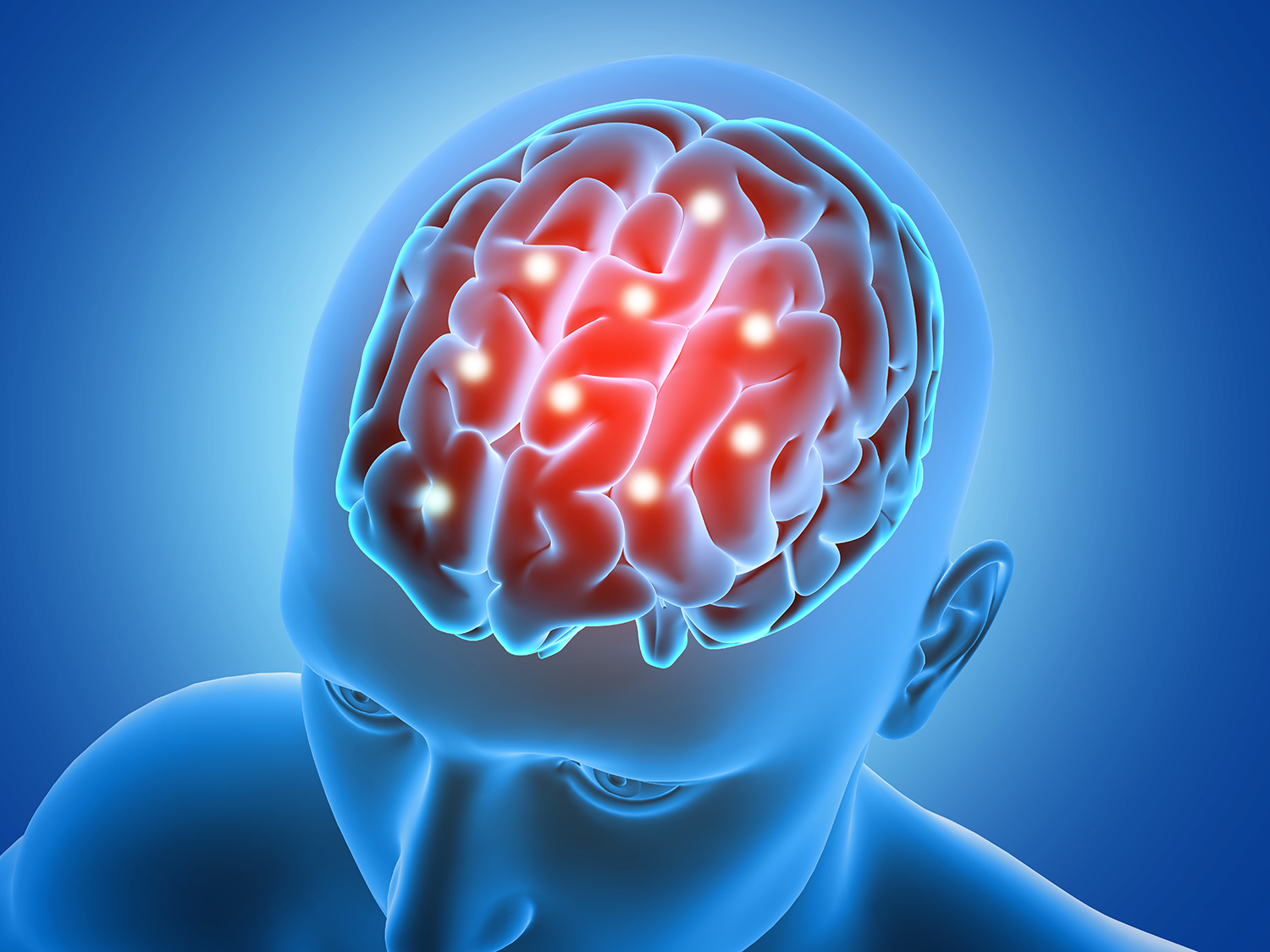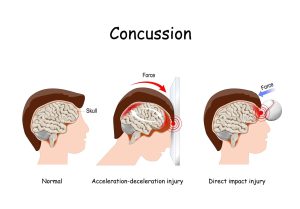- 22 February 2024
- 112
How Can You Tell if You Have a Concussion? Here’s What to Look For

Introduction
Concussions are a type of traumatic brain injury caused by a blow to the head, sudden jerking movements, or violent shaking of the head and body. While they are commonly associated with sports-related injuries, concussions can occur in various situations, such as car accidents, falls, or physical altercations. Recognizing the signs and symptoms of a concussion is crucial for prompt diagnosis and appropriate management. In this comprehensive guide, we’ll explore how you can tell if you have a concussion and what to look for. Explore More About (Bad Sleep Causes Blindness)
Understanding Concussions
What is a Concussion?
A concussion is a mild traumatic brain injury that temporarily disrupts normal brain function. It occurs when the brain collides with the skull due to a sudden impact or movement. Unlike more severe brain injuries, concussions typically do not cause structural damage visible on imaging studies like CT scans or MRIs. Instead, they manifest through a range of symptoms that vary in severity and duration.
Causes of Concussions
Concussions can result from various incidents, including:
- Sports-related injuries: High-contact sports such as football, soccer, and hockey pose a significant risk of concussions due to collisions between players or falls.
- Motor vehicle accidents: The sudden impact of a car crash can jolt the head violently, leading to a concussion.
- Falls: Slipping and falling, especially among older adults or young children, can cause the head to strike a hard surface and result in a concussion.
- Physical assaults: Punches, kicks, or other forms of violence that involve head trauma can lead to concussions.

Recognizing the Signs and Symptoms
Immediate Symptoms
Immediately following a concussion, individuals may experience:
- Headache or pressure in the head
- Dizziness or loss of balance
- Nausea or vomiting
- Confusion or feeling dazed
- Blurred vision or sensitivity to light and noise
- Fatigue or drowsiness
Delayed Symptoms
Some symptoms of a concussion may not appear until hours or days after the injury. These delayed symptoms can include:
- Difficulty concentrating or remembering
- Irritability or mood swings
- Sleep disturbances, such as insomnia or excessive drowsiness
- Sensory changes, such as ringing in the ears or changes in taste or smell
- Psychological symptoms, including anxiety or depression
Red Flags
While most concussions resolve on their own with rest and symptom management, certain “red flag” symptoms indicate a more severe brain injury and require immediate medical attention. These red flags include:
- Loss of consciousness lasting more than a few seconds
- Persistent or worsening headache
- Seizures or convulsions
- Weakness or numbness in extremities
- Slurred speech or difficulty speaking coherently
- Increasing confusion or agitation
Diagnosis and Treatment
Seeking Medical Evaluation
If you suspect you have sustained a concussion, it is essential to seek medical evaluation promptly. A healthcare professional, such as a physician or neurologist, can perform a comprehensive assessment to diagnose a concussion and rule out more serious brain injuries.
Diagnostic Tests
While there is no single definitive test for diagnosing concussions, healthcare providers may conduct various assessments, including:
- Neurological examination: Evaluating reflexes, coordination, and cognitive function.
- Cognitive testing: Assessing memory, concentration, and problem-solving skills.
- Imaging studies: While not routinely necessary for diagnosing concussions, CT scans or MRIs may be ordered to rule out other injuries or complications.
Treatment and Management
The primary treatment for concussions involves rest and symptom management. This may include:
- Physical and cognitive rest: Avoiding activities that worsen symptoms, such as screen time, physical exertion, or mentally taxing tasks.
- Medications: Over-the-counter pain relievers like acetaminophen (Tylenol) may help alleviate headaches, while anti-nausea medications can ease gastrointestinal symptoms.
- Monitoring: Close observation for any worsening symptoms or signs of complications is essential, especially during the initial 24 to 48 hours following the injury.

Recovery and Return to Activity
Gradual Return to Normal Activities
Recovery from a concussion varies from person to person but typically follows a gradual trajectory. Once symptoms improve, individuals can gradually resume normal activities following a step-wise approach:
- Rest and recovery phase: Initially, complete physical and cognitive rest is crucial to allow the brain to heal.
- Return to light activities: Once symptoms begin to improve, slowly reintroduce light physical activities and cognitive tasks.
- Gradual return to sports or strenuous activities: Only after clearance from a healthcare provider should individuals resume full participation in sports or vigorous activities.
Monitoring for Complications
While most people recover fully from concussions within days to weeks, some individuals may experience persistent symptoms or complications, such as post-concussion syndrome or second-impact syndrome. It is essential to monitor for any signs of worsening symptoms and seek medical attention if concerns arise.
| Aspect | Concussion | Mild Brain Injury |
|---|---|---|
| Definition | Temporary brain injury | Mild brain trauma |
| Causes | Sports, accidents, falls | Accidents, falls |
| Symptoms | Headache, dizziness | Headache, confusion |
| Treatment | Rest and symptom management | Rest and monitoring |
| Recovery Time | Days to weeks | Days to weeks |
Conclusion
Recognizing the signs and symptoms of a concussion is crucial for prompt diagnosis and appropriate management. Whether sustained during sports, accidents, or other incidents, concussions require careful monitoring and treatment to ensure a safe and full recovery. By understanding what to look for and how to respond, individuals can take proactive steps to protect their brain health and well-being.

